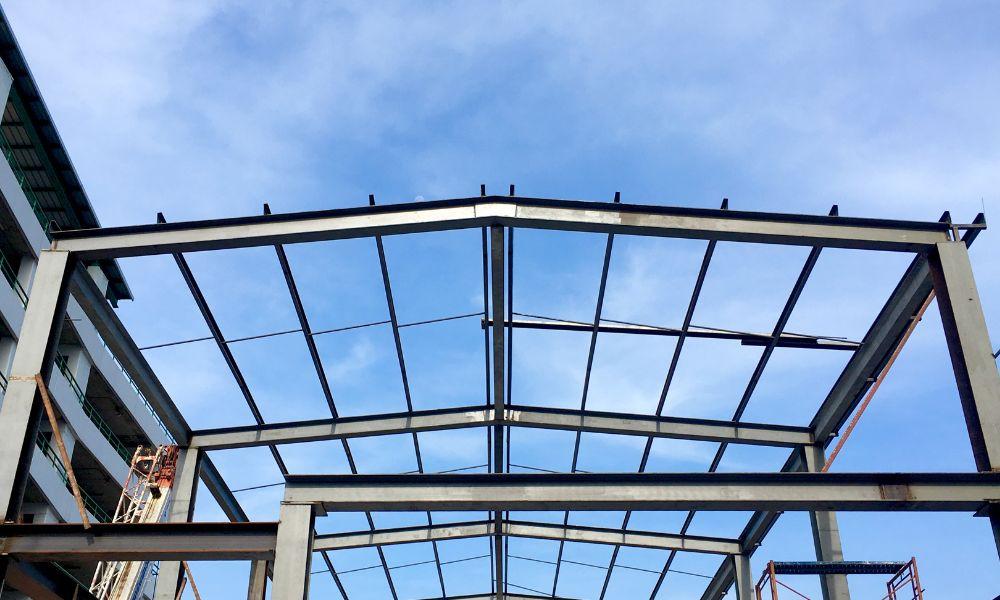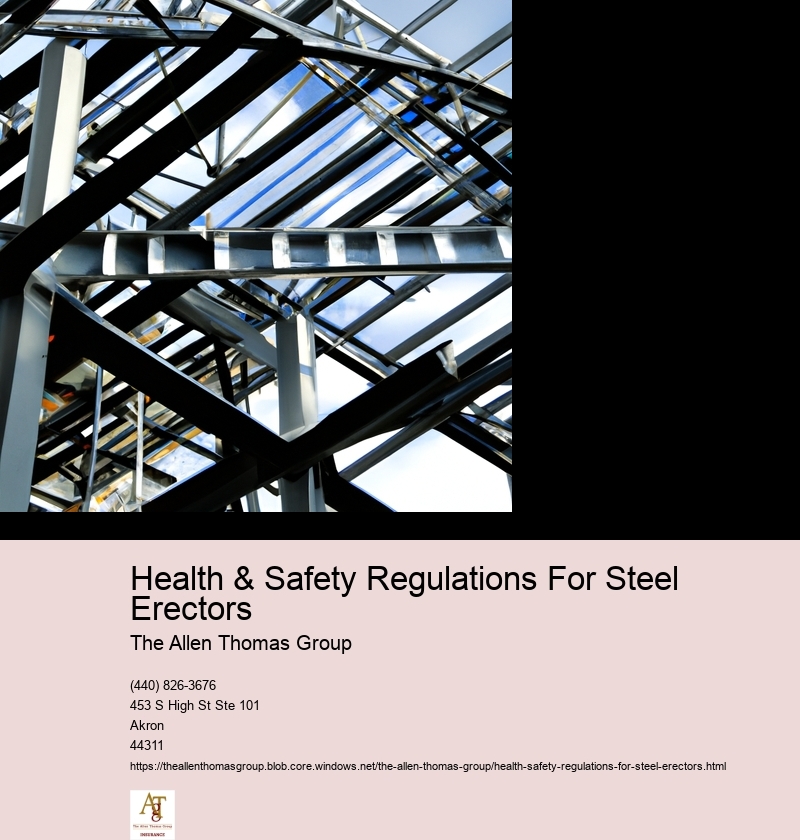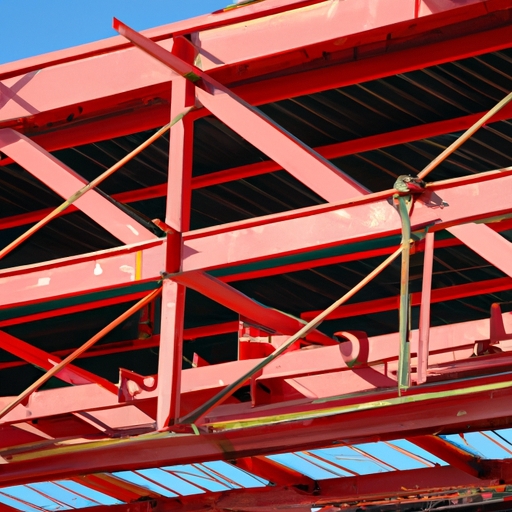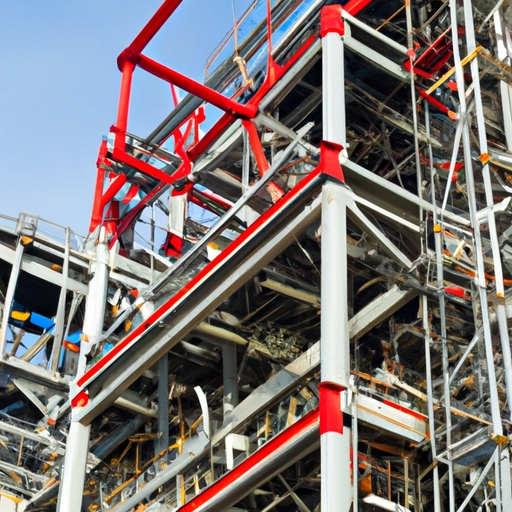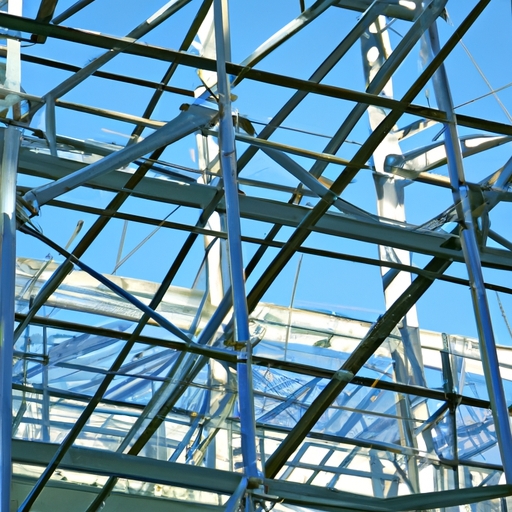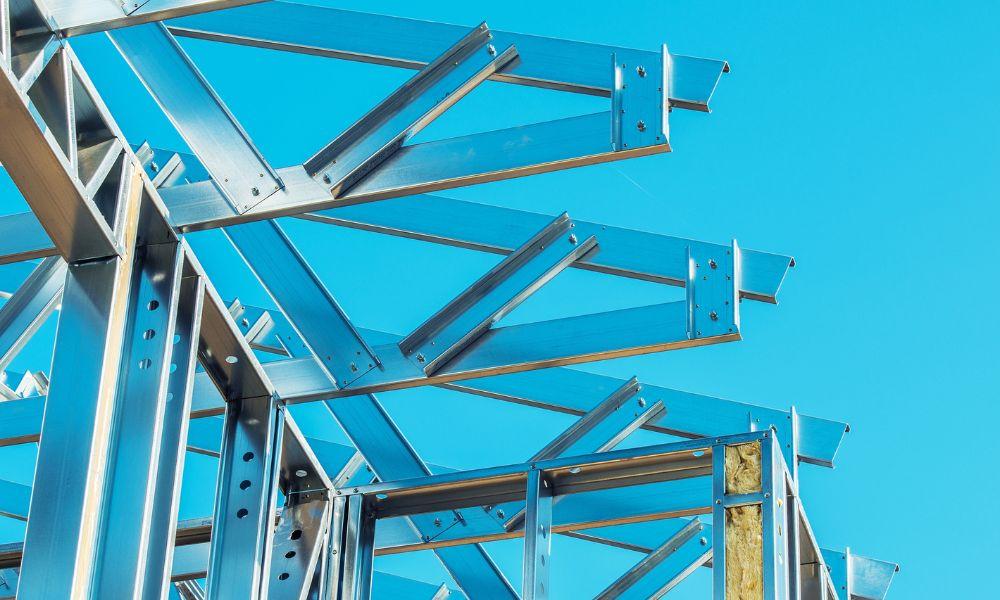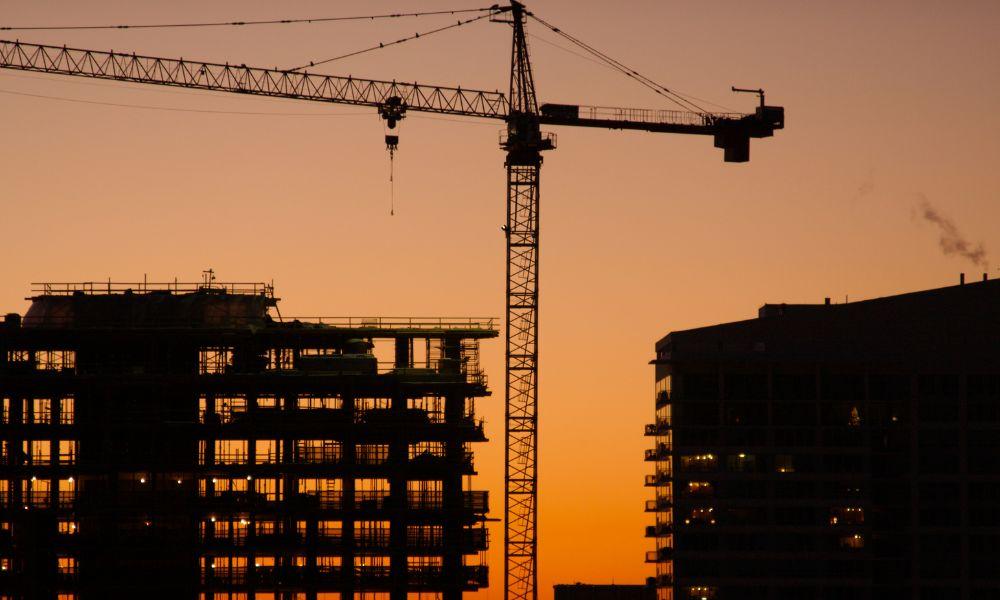Health & Safety Regulations For Steel Erectors
Workers' Compensation
Steel erectors are responsible for performing construction work in a safe and responsible manner. Essential safety requirements for steel erectors include the use of proper body mechanics, wearing personal protective equipment, understanding electrical hazards, following local building codes, inspecting tools and equipment before use, utilizing fall protection systems when working at heights, and respecting the limitations of their own physical capabilities. Additionally, it is important to always maintain situational awareness on the job site in order to avoid potential hazards. Risk Management Steel erectors should also be aware that they may be required to complete additional training depending on their specific working environment. By adhering to these essential safety requirements, steel erectors can ensure that they remain safe while performing their work duties.
